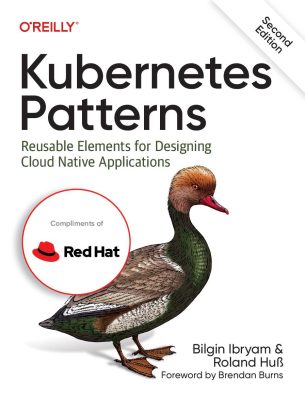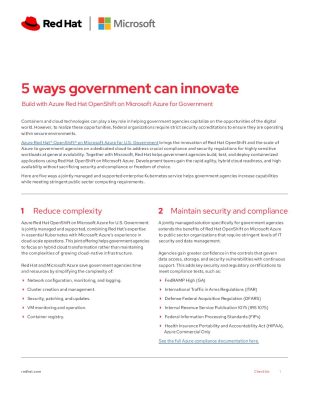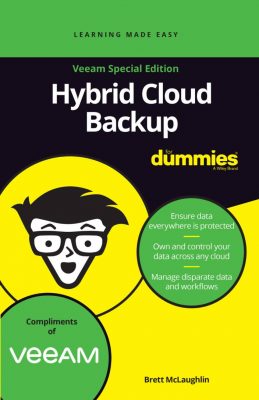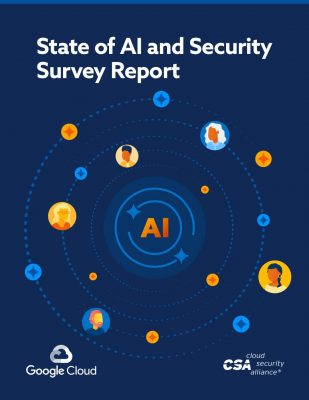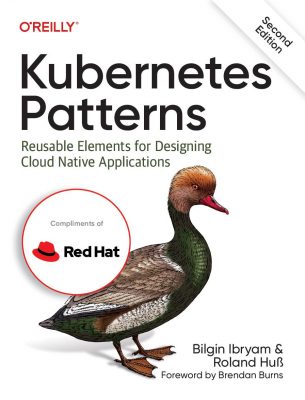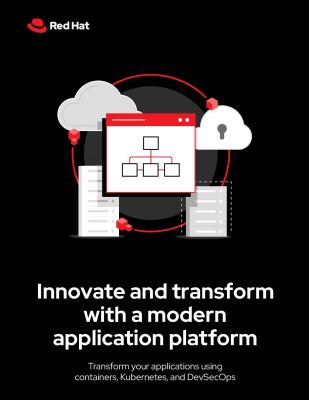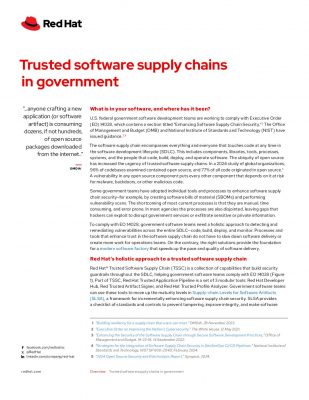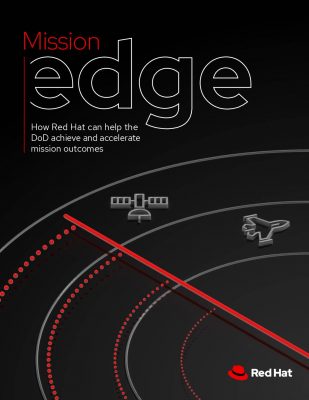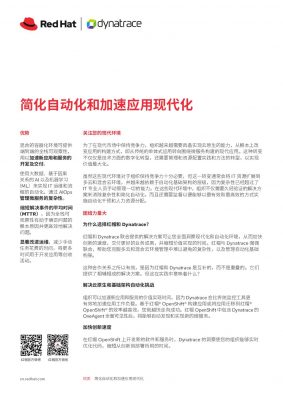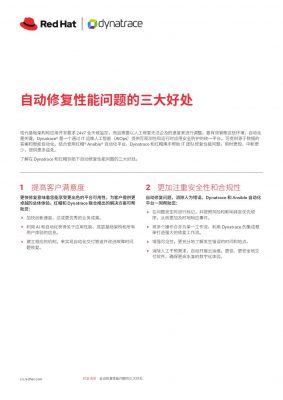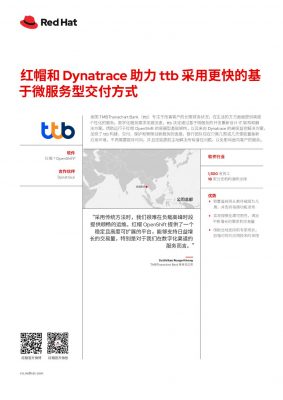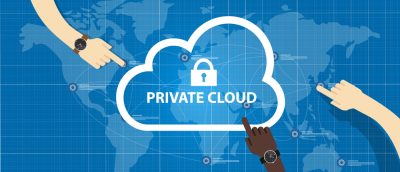Highlights:
- The best practice for cloud compliance is to request the latest compliance and security audit reports from cloud providers during the initial request for proposal (RFP) process.
- For cloud environments, HIPAA compliance requires cloud service providers and businesses storing or processing protected health information (PHI) to implement strong physical, network, and process security measures.
Once a company deals with the cloud, it must consider how the cloud provider will assist in maintaining compliance with regulations like the GDPR in Europe or HIPAA in the U.S. This discussion should begin at the outset, not after the cloud service is established.
Businesses often find themselves in the cloud sooner than anticipated, complicating compliance. A vital principle of the cloud is the availability of a self-service interface, making it easy for customers to set up, modify, and exit cloud services.
Cloud compliance is the framework of adhering to regulatory standards, industry best practices, and global laws in cloud computing. It ensures that cloud services and the data they manage meet security, privacy, and operational criteria. Organizations must navigate various compliance frameworks—such as CIS, NIST, and ISO—along with GDPR, FedRAMP, and HIPAA regulations to maintain and improve customer trust.
Achieving cloud compliance requires implementing strong security measures, conducting regular audits, and ensuring continuous monitoring to prevent breaches and ensure regulatory alignment.
How Cloud Regulatory Compliance Works?
Enterprise data operations—such as transfer, storage, backup, retrieval, and access—are typically overseen by the IT department, making cloud compliance primarily an IT responsibility. However, other departments within the organization must also participate, as compliance involves decision-making, monitoring, audits, governance, security, data protection solutions, risk management, and legal oversight.
In essence, cloud compliance requires organizations utilizing cloud services to perform the following tasks:
-
Internally defining compliance requirements
Cloud security compliance requirements vary across different companies and industries. For instance, healthcare businesses must comply with the data and privacy regulations mentioned in the Health Insurance Portability and Accountability Act (HIPAA). At the same time, financial institutions must comply with the data and reporting standards set by the Sarbanes-Oxley Act (SOX).
Additionally, companies may implement their internal data security governance framework, which they expect their cloud providers to follow.
-
Vetting cloud providers
Most cloud audit and compliance techniques are regulatory in practice and need timely evaluation of corporate cloud providers. These reviews are typically conducted through internal audits by a legal or regulatory team that operates independently from the IT department.
If a cloud vendor is found to be non-compliant, the organization must collaborate with the provider to develop a remediation plan. At this stage, IT becomes involved—testing compliance on data and systems and sometimes writing new code to ensure conformance.
-
Reviewing cloud provider compliance
The best practice for cloud compliance is to request the latest compliance and security audit reports from cloud service providers during the initial request for proposal (RFP) process.
If the provider’s compliance standards are inadequate, the enterprise should delay engaging their services until the issues are addressed. Companies should conduct yearly compliance reviews after collaborating with a cloud provider to facilitate ongoing alignment with requisites.
Cloud compliance’s functioning is intricately linked to its regulatory standards, which provide the framework and guidelines necessary to ensure that cloud services meet essential security, privacy, and operational criteria.
Cloud Compliance Regulations and Standards
There are several essential compliance standards and regulations that businesses utilizing cloud services must be mindful of. Here’s a summary of some of the most critical ones:
-
PCI-DSS
The Payment Card Industry Data Security Standard (PCI-DSS) is a compilation of regulations that ensure the secure treatment of credit card data for the businesses that accept, store, process or transmit it. Compliance is mandatory for all businesses dealing with cardholder information, regardless of size.
PCI-DSS requires that cardholder data be securely stored and processed in the cloud. Cloud providers and businesses must implement secure networks, maintain vulnerability management, enforce strong access controls, and continuously monitor and test systems to ensure compliance.
-
ISO 27001
ISO 27001 supports organizations in setting up a robust Information Security Management System (ISMS) for cloud environments. Cloud service providers with ISO 27001 certification have demonstrated that their systems ensure data integrity, confidentiality, and availability.
Likewise, businesses using cloud services should verify that their providers meet these standards to ensure cloud computing data security.
-
SOX
The SOX impacts cloud computing by requiring secure controls, like encryption and access management, for financial data stored in the cloud. Cloud providers must offer audit trails and data backup features to help businesses meet SOX compliance.
-
NIST
The National Institute of Standards and Technology (NIST) offers information security guidelines for federal agencies, which are also widely adopted by private sector organizations. The NIST framework provides a comprehensive approach to managing cybersecurity hazards.
In the context of cloud compliance management, NIST offers guidelines that help businesses and cloud providers manage risks related to cloud data. These regulations are essential for developing an effective risk management strategy that includes identifying, assessing, mitigating, and facing cybersecurity risks in the cloud.
-
HIPAA
For cloud environments, HIPAA compliance requires cloud service providers and businesses storing or processing protected health information (PHI) to implement strong physical, network, and process security measures. Additionally, Business Associate Agreements (BAAs) must be established between healthcare providers and cloud vendors to ensure secure handling of PHI.
-
FedRAMP
The Federal Risk and Authorization Management Program (FedRAMP) offers a standardized approach to security assessment, authorization, and continuous monitoring for cloud products and services used by federal agencies.
In the territory of private cloud computing, FedRAMP lays down standards for assessing and authorizing cloud services and solutions. Cloud providers that meet FedRAMP requirements have undergone rigorous assessments, simplifying federal agencies’ adoption of their services.
Identifying who is accountable for cloud governance and compliance in your organization is essential, as it involves shared responsibilities between internal teams and cloud providers.
Who is Responsible for Cloud Compliance?
When you host workloads in your on-premises data center, you are responsible for nearly all security and compliance aspects. However, the scenario differs in the case of cloud utility, as part of this responsibility is entrusted to the cloud service providers (CSPs).
In essence, cloud infrastructure compliance is a shared responsibility. But what exactly does each party account for?
Leading CSPs offer guidelines known as a shared responsibility model to clarify the division of responsibilities. These models are generally quite similar and outline that the CSP is responsible for securing its data centers, modern IT infrastructure, hypervisors, and host operating systems and ensuring the availability and reliability of the services it delivers to customers.
Users are accountable for configuring the cloud solutions they use and facilitating the compliance and security of the guest OS and applications to host on the provider’s platform.
Cloud Compliance Best Practices
There are numerous best practices to follow for meeting regulatory requirements, but the following are especially helpful for ensuring cloud compliance:
-
Encryption
To protect your data, begin by encrypting it both at rest and in transit. However, the security of your data depends on the encryption keys, so it’s crucial to implement strong key management practices.
-
Least privilege principle
Grant users access only to the data and resources necessary for their roles. This practice significantly lowers the risk of compromise from internal and external threats while helping to demonstrate your commitment to cloud security and compliance.
-
Zero trust
You should implement stringent authentication, authorization, and monitoring for all users, endpoints, and applications accessing your network based on a “never trust, always verify” approach.
-
Monitoring and auditing
Implement continuous monitoring and auditing to maintain compliance. Use automated tools for real-time compliance tracking and conduct regular audits to identify and resolve issues quickly.
-
Incident response planning
Create and maintain a robust incident response plan specific to cloud environments, including procedures for detecting, responding to, and recovering from security incidents and data breaches.
Summing Up
Cloud providers generally take compliance seriously, but not every provider may meet your company’s specific compliance requirements. Enterprises should discuss their compliance needs with potential cloud vendors upfront to identify any gaps and plan to address them.
It’s also crucial for enterprises to understand how many cloud vendors they are using. If individual departments can independently contract with cloud providers, it can influence multi cloud management platform and limit control over compliance.
Most significantly, enterprises must remember that compliance in the cloud is a shared responsibility. While cloud providers offer the necessary tools for compliance configuration and monitoring, the enterprise client is ultimately responsible for the work—and will face the financial, legal, and reputational repercussions of any compliance failures.
Explore our resource center’s selection of insightful cloud-related whitepapers to expand your knowledge and strengthen your expertise.
